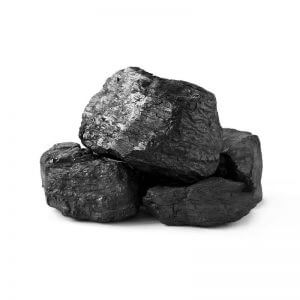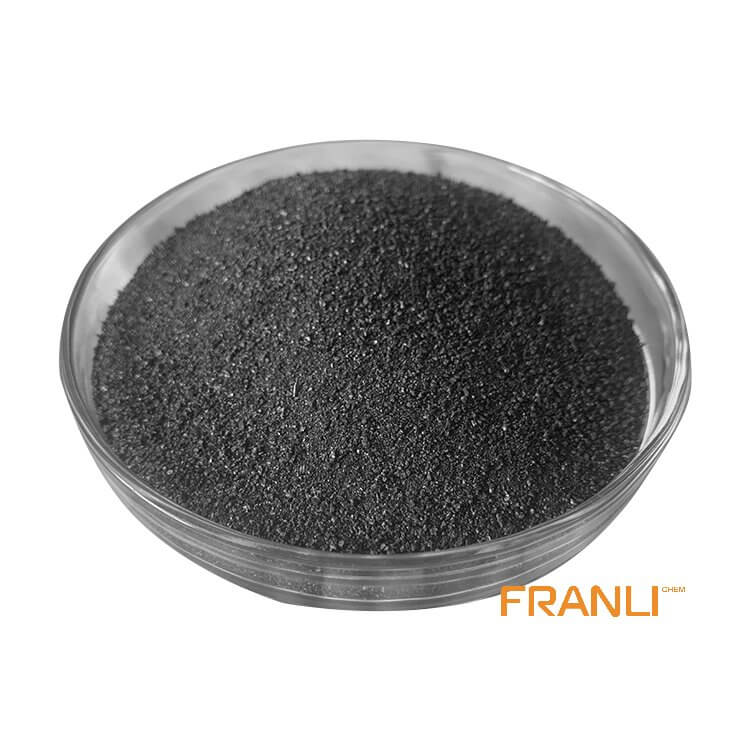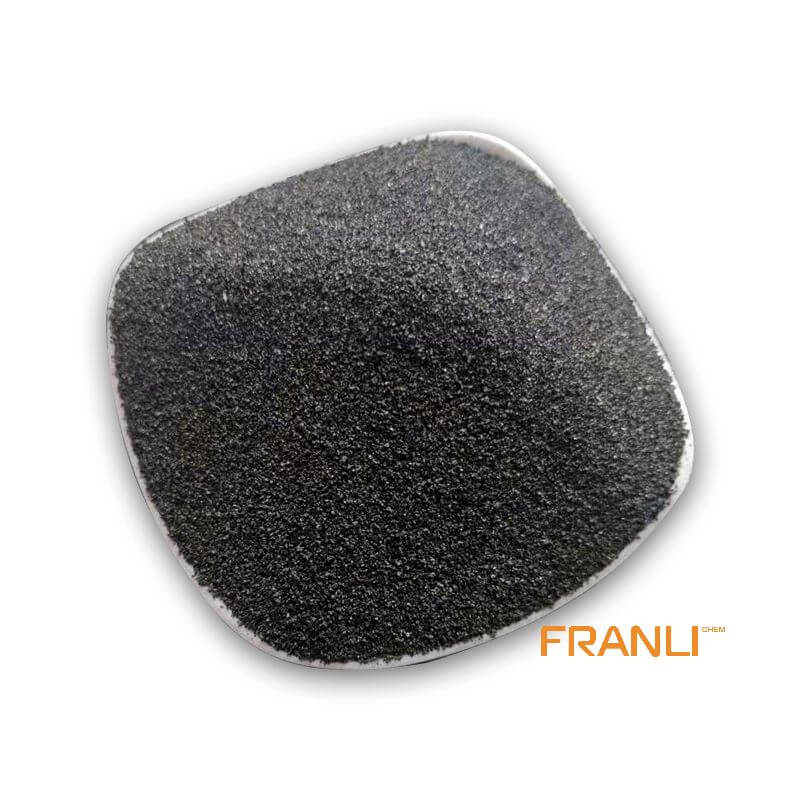


Petroleum Coke
Size
According to your requirements
Package
25 kg small bags into ton bags or ton bags
Features
Low ash content and low boiler ash discharge, etc.
Application
Depending on its quality, petroleum coke can be used in industries such as graphite, smelting and chemical industry, etc
Petroleum coke, as a byproduct of petroleum, is produced in the process of petroleum processing, that is, the crude oil is distilled to separate light and heavy oil, and the heavy oil is converted into petroleum coke by hot cracking. If petroleum coke can be obtained directly from petroleum processing, then the petroleum coke is raw coke or ordinary coke. Petroleum coke has irregular shape, dark gray or black, porous structure and metallic luster.
Request a quotePetroleum coke and calcined petroleum coke literally, one is not calcined, and the other is a calcined product, so what are the essential differences between the two besides this difference?

Petroleum coke is a product obtained by distilling crude oil to separate light and heavy oil, and then thermally cracking the heavy oil. From the appearance, the coke is black lumps (or particles) with irregular shapes and sizes. ), with metallic luster, the particles of coke have a porous structure, the main element is carbon, accounting for more than 80wt%, and the rest are hydrogen, oxygen, nitrogen, sulfur and metal elements. Petroleum coke has its unique physical, chemical and mechanical properties. It is the non-volatile carbon of the heating part. The indicators of volatile matter and mineral impurities (sulfur, metal compounds, water, ash, etc.) determine the chemical properties of coke.
Calcination of petroleum coke: The calcination of raw materials is an important process in the carbon production process. The calcination operation is the high-temperature preheating of the carbon raw materials under the condition of isolating the air. During the calcination process, the structure and elemental composition of various carbonaceous raw materials undergo a series of profound changes, thereby enhancing their physicochemical properties. The calcination quality of petroleum coke has a great influence on the quality of finished carbon materials and the technical indicators of each process, so ensuring the calcination quality of raw materials is an important prerequisite for ensuring product quality.
There are differences in properties and uses of petroleum coke and calcined petroleum coke, so they are suitable for use in different industries.
Purpose of petroleum coke calcination
1.Exclude moisture and volatile matter from raw materials. Carbon raw materials usually contain a certain amount of volatile matter, and the volatile matter can be eliminated after the raw material is calcined, thereby increasing the fixed carbon content of the raw material. Carbon raw materials generally contain 3~10% water, and the moisture in the raw materials is removed by calcination, which is conducive to the operation of crushing, screening and grinding, and improves the adsorption performance of carbon raw materials to the binder, which is conducive to improving product quality.

2. Improve the density and mechanical strength of raw materials.
Due to the exclusion of volatile matter, the volume of the raw material shrinks, the density increases, the strength increases, and at the same time better thermal stability is obtained, thereby reducing the secondary shrinkage of the product during calcination. The more fully the raw material is calcined, the more beneficial it is to the product quality.
3. Improve the electrical conductivity of raw materials.
After the carbon raw material is calcined, the volatile matter is eliminated, and the molecular structure is also changed, and the resistivity is reduced, thereby improving the conductivity of the raw material. Generally speaking, the higher the degree of calcination of the raw material, the better the conductivity of the calcined material.
Environmental protection strategy of petroleum coke
(1) The process of low-temperature raw meal separation to the kiln tail smoke chamber is adopted to quickly combine and condense the SO2 gas and cold raw material in the flue gas to prevent crusting.
(2) Optimize the design so that the structure of the decomposition furnace, burner and smoke chamber conforms to the combustion characteristics of petroleum coke.
(3) Pay attention to the characteristics of raw materials and production operations, select raw materials that meet the requirements of K^+ and Na^+ content, and control the fineness of petroleum coke powder and primary air volume.
Petroleum coke as a fuel is not only economically feasible, but also technically feasible. When the price of fuel coal is higher and the price of petroleum coke is low, it is more ideal to use it as the firing fuel. When using petroleum coke as firing fuel, environmental protection can be achieved by adjusting the sulfur content, and the firing and grinding systems can be adjusted and optimized accordingly, which can perfectly apply low-cost petroleum coke to the cement manufacturing industry.



